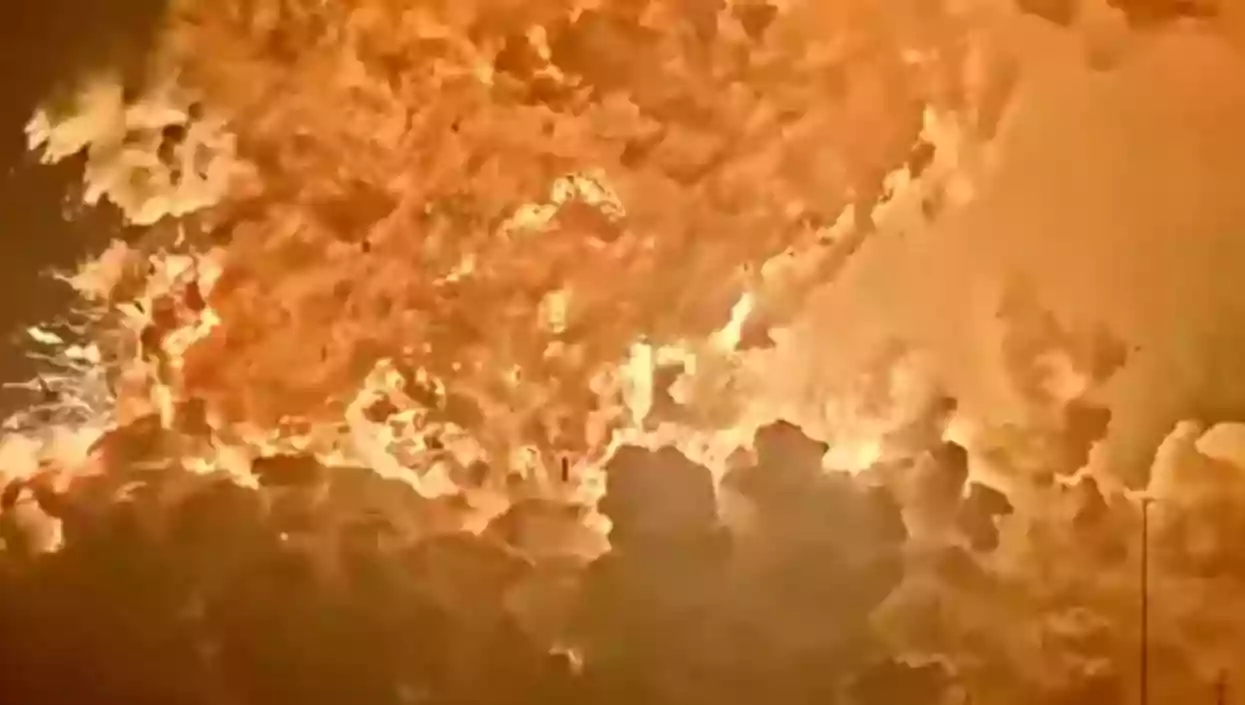Protests erupt outside Kasba Police station as 3 arrested in alleged Kolkata college gang rape
.gif)
.gif)

Elon Musk's commercial space flight company SpaceX experienced a setback on Wednesday when its tenth Starship prototype exploded during a static fire test at its testing facilities in Texas. The incident occurred around 11 PM CT (9:30 AM IST on Thursday) as the Starship was undergoing preparations for its upcoming flight test. Thankfully, Texas authorities confirmed that no one was injured in the explosion.
A static fire test is a critical pre-launch procedure where a rocket's engines are ignited while the vehicle remains securely anchored to the ground. This allows engineers to assess the rocket's systems under operational conditions without actually launching it. Despite the Starship's design to withstand extreme conditions, the latest prototype, designated Ship 36, suffered a "major anomaly" during what was described as a routine engine ignition sequence. Videos captured the dramatic explosion, showing a massive fireball and debris.
SpaceX quickly issued a statement on X (formerly Twitter) confirming the incident and emphasizing that "A safety clear area around the site was maintained throughout the operation and all personnel are safe and accounted for." The company also assured that there were "no hazards to residents in surrounding communities" and urged individuals to avoid the area while "safing operations" continue. The explosion is expected to delay the timeline for Starship's tenth test flight.
This latest explosion marks another challenge in the development of Starship, which is designed to be a fully reusable transportation system capable of carrying both crew and cargo to Earth orbit, the Moon, and ultimately Mars. Previous test flights have also encountered "rapid unscheduled disassemblies," as SpaceX refers to explosions. Each such incident, while a setback, provides crucial data for refining the vehicle's design and improving future missions in SpaceX's ambitious quest for interplanetary travel.